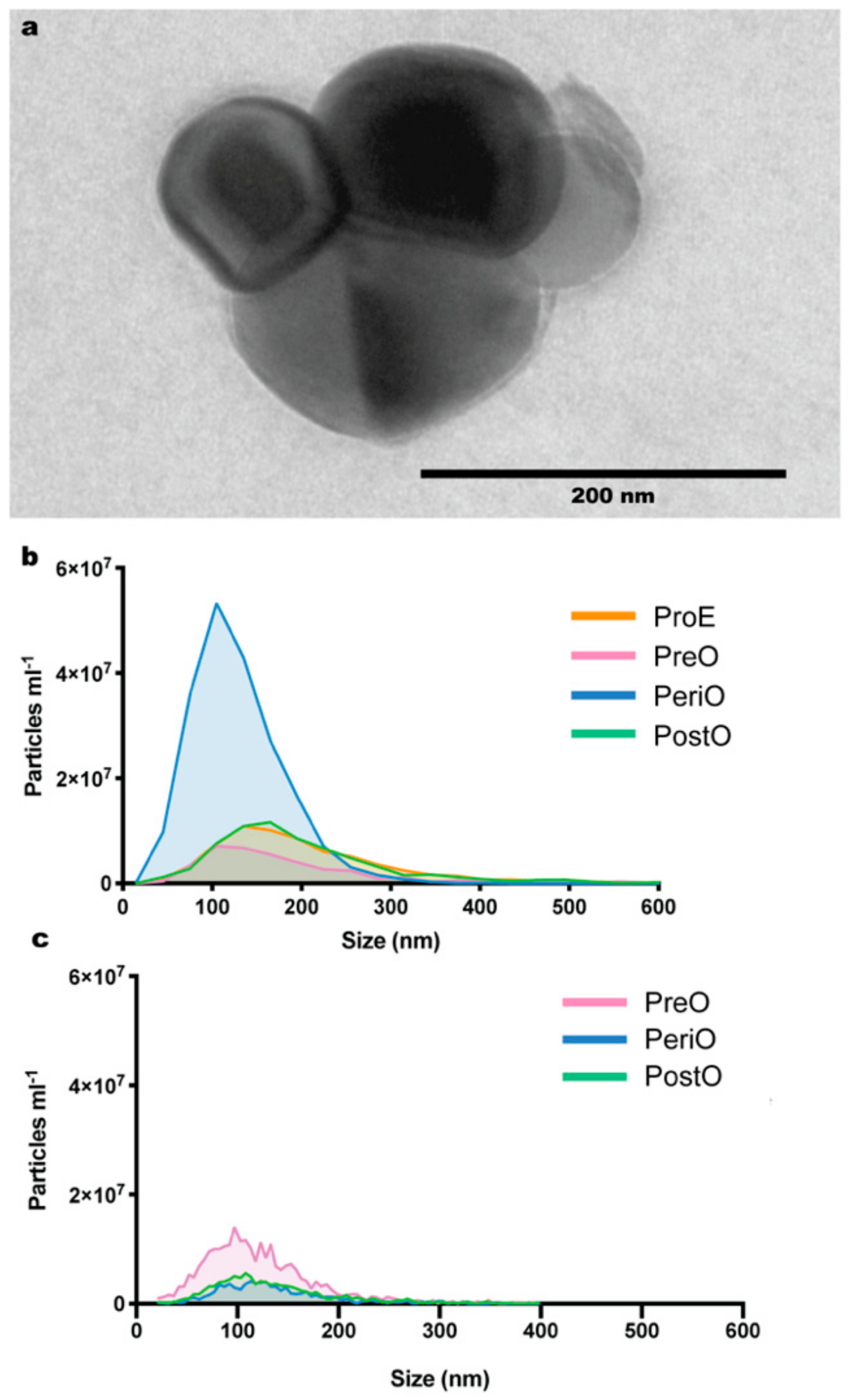

In particular, we wanted to understand how people conceptualise dog walking, what motivates and de-motivates them, and how these beliefs and perceptions influence dog walking behaviour. This study was designed to explore the perceptions, interpretations and experiences of different dog owners regarding owning and walking their dog(s), using interviews and observations. Qualitative research methods designed to understand social phenomena, and how people make sense of their social world, are ideal for studying this complexity. The way in which interactions between humans and dogs affect motivation to walk are complex and hitherto little researched or understood. The perceived energy level of the dog, size, and breed are also considerations. However, a recent study suggests that intrinsic motivators (e.g., finding an activity pleasurable) seem to be more important with regard to dog walking than extrinsic motivators (for the purpose of a reward outside the activity itself, such as reducing feelings of guilt). Pilot intervention studies targeting the canine need for exercise, rather than the human’s, have had some success in increasing owner activity. Elderly people participating in a loaned dog walking programme reported that the dogs “need us to walk them” and most dog owners report that exercising their dog regularly is good for the animal’s health.

Motivation for dog walking has been framed almost exclusively in terms of the needs of the dog.

These constructs have been shown to be primary factors associated with dog walking behaviour, but it remains unclear how these factors operate.

Questionnaire survey data suggests that the strength of the dog-owner relationship has both a strong association with dog walking behaviour and a large effect size, and has been attributed to concepts such as: attachment social support motivation obligation encouragement and “knowing dog enjoys going for a walk”. This knowledge may also enlighten other successful ways to promote exercise.Īnimals are becoming recognised as legitimate subjects of sociological enquiry. For promotion of dog walking to be an effective intervention to improve owner health it is essential to understand what motivates dog owners to do it, as not everyone walks with their dog regularly. If all dog owners did this it would dramatically boost population levels of physical activity. Īn owner briskly walking their dog for at least 30 min each day easily exceeds the 150 min recommended as minimum duration of moderate physical activity per week. However, the distinctive nature of walking with a dog is poorly understood. Dogs are a unique motivator for sustained physical activity despite psychological and practical barriers such as bad weather. At the population level, dog owners are more physically active than people without dogs. Lack of exercise is also associated with obesity in dogs, providing dual benefits of dog walking for human and animal welfare. Walking with a dog is the most common reason for visits to natural environments in England and dog walking is a recognised potential mechanism for increasing physical activity, social interaction and social capital. Social systems are also important for human health and wellbeing. Low levels of physical activity are associated with health issues such as obesity, chronic diseases and poor mental health. Potential interventions to promote dog walking need to account for this complexity and the effect of the dog-owner relationship on owner mental wellbeing. Complex social interactions with the “significant other” of a pet can strongly motivate human health behaviour. Perceptions and beliefs of owners about dog walking were continually negotiated, depending on how the needs of the owner and dog were constructed at that time. Owner physical activity and social interaction were secondary bonuses but rarely motivating. Owners reported deriving positive outcomes from dog walking, most notably, feelings of “happiness”, but these were “contingent” on the perception that their dogs were enjoying the experience. Central to the construction of need was perceptions of dog personality and behaviour. Dog walking was constructed as “for the dog”, however, owners represented their dog’s needs in a way which aligned with their own. Twenty-six interviews were combined with autoethnography of dog walking experiences. The strength of the dog–owner relationship is known to be correlated with dog walking, and this qualitative study investigates why. Dog owners are generally more active than non-owners, but some rarely walk with their dog. Dog walking is a popular everyday physical activity.


 0 kommentar(er)
0 kommentar(er)
